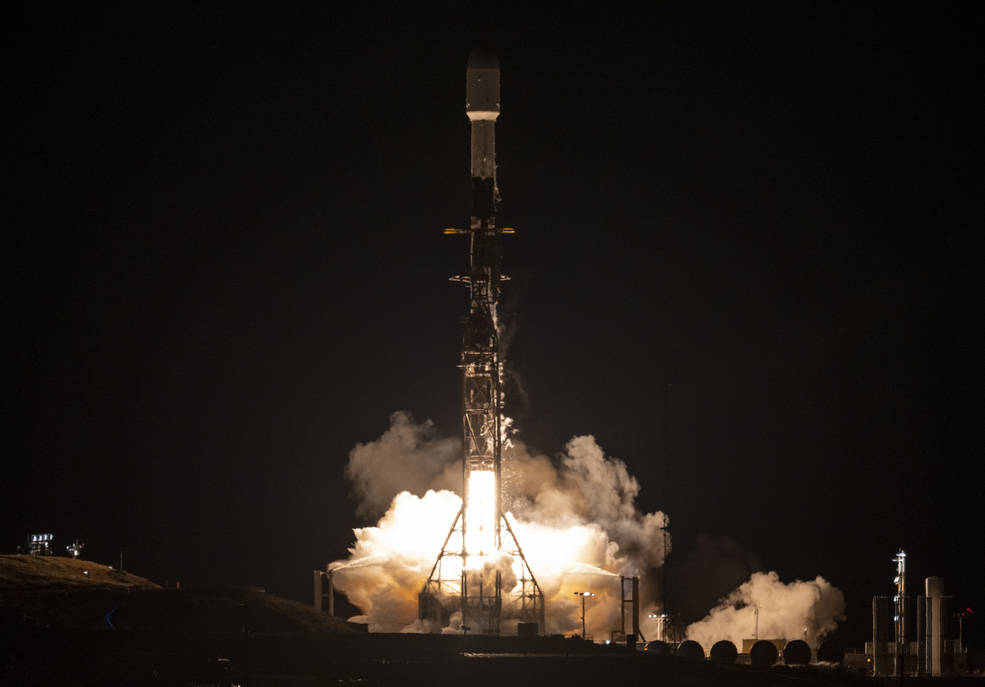
The universe is thought to harbor uncounted worlds that are home to water. The one we know best, of course, is our own, and as of 3:46 a.m. PT this morning, we set about working to know it better still. That was the moment, as NASA reports, that the SWOT (Surface Water and Ocean Topography) satellite blasted off aboard a SpaceX Falcon 9 rocket to begin a three year campaign to study the height and health of freshwater bodies and oceans across 90% of the Earth’s surface.
Jointly built by NASA and the Centre National d’Études Spatiales (CNES), the French space agency, SWOT will monitor the entire Earth’s surface between 78 degrees north latitude and 78 degrees south latitude—from the Arctic Circle to the Antarctic Circle—once every three weeks, sending back about one terabyte of data per day.
The heart of the satellite is a new technology known as a Ka-band radar interferometer (KaRin). The system bounces radar pulses off of the surface of the water and receives reflections with two antennas on either side of the spacecraft—essentially a stereo image. That configuration allows scientists to measure water height across two swaths of water at a time, each measuring 50 km (30 mi.) across.
Read more: The Arctic is Heating Up, Disrupting the Planet and Local Communities, NOAA Report Shows
The work that SWOT will do is essential, measuring sea level rise, coastal safety, and the well-being of lakes and rivers, especially their rising or—as a result of climate change-related droughts—falling levels. The satellite will provide information on 95% of the world’s lakes larger than 15 acres across, and rivers wider than 100 m (330 ft). Currently, investigators have data on only a few thousand of the world’s lakes; over the course of its three-year primary mission, SWOT will study millions.
The launch comes at a good time. In November, NASA scrapped the GeoCarb satellite that was intended to monitor carbon emissions over North America, after cost overruns and development delays exploded the sticker price from $166 million to $600 million. SWOT helps keep the space agency’s hand in the climate game in a new and innovative way, easing some of the sting of the loss of GeoCarb.
“Warming seas, extreme weather, more severe wildfires—these are only some of the consequences humanity is facing due to climate change,” said NASA Administrator Bill Nelson in a statement. “SWOT is the realization of a long-standing international partnership that will ultimately better equip communities so that they can face these challenges.”
More Must-Reads From TIME
- The 100 Most Influential People of 2024
- Coco Gauff Is Playing for Herself Now
- Scenes From Pro-Palestinian Encampments Across U.S. Universities
- 6 Compliments That Land Every Time
- If You're Dating Right Now , You're Brave: Column
- The AI That Could Heal a Divided Internet
- Fallout Is a Brilliant Model for the Future of Video Game Adaptations
- Want Weekly Recs on What to Watch, Read, and More? Sign Up for Worth Your Time
Write to Jeffrey Kluger at jeffrey.kluger@time.com